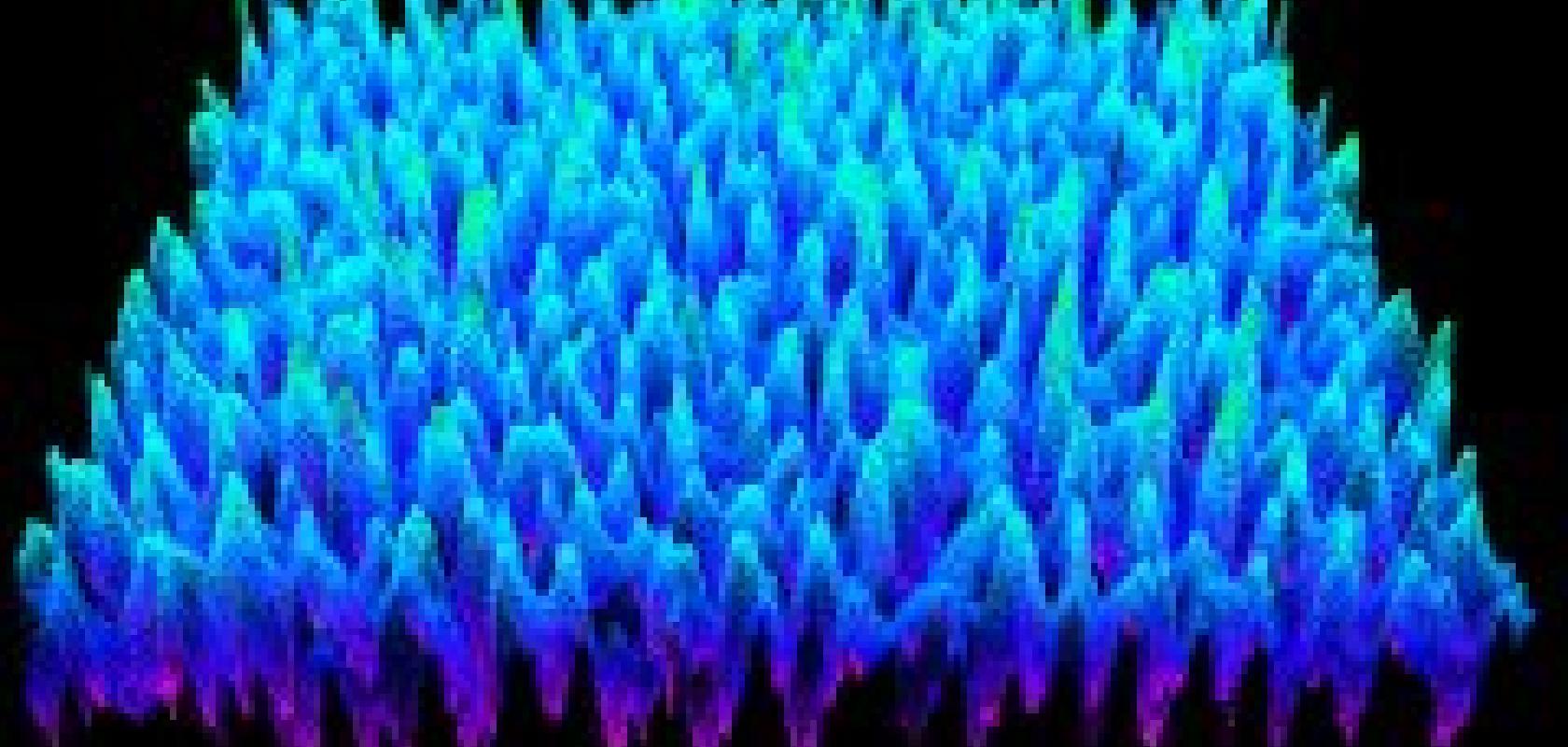A new technique that captures and processes 3D images instantaneously has scooped the Vision Award at this year's Vision Show, held in Stuttgart from 6-8 November. The system makes use of standard vision tools and contains no moving parts, making it more cost-effective and robust than other 3D vision systems.
SPARC, developed by German company in-situ, works by capturing images of the object when it is illuminated from different angles. The shading of the object changes each time the position of the light source changes, and from this variation a complex algorithm can calculate the 3D shape of the object.
This idea has actually been around for almost 35 years, but in the past the image processing was too lengthy for it to be of practical use in an industrial setting. ‘You could drink a cup of coffee while the computer completed the algorithm,’ Rainer Obergrußberger, the managing director of in-situ, told imveurope.com. In addition, the different images could only be captured successively, which further prolonged the process.
In recent years, with the advent of multi-core processing, computer algorithms have improved so much that the data can now be processed in 50ms. However, Obergrußberger and his colleagues still needed an innovative setup to be able to capture the relevant images simultaneously.
To do this, SPARC shines three different sources of light, each of a different wavelength and at a different position, at the object to be studied. This light reflects from the object and hits a beam splitter, which separates the light back into its three different wavelengths and sends each component to a separate camera, which then captures an image.
In this way, the vision system can determine instantaneously what the object looks like when it is illuminated from different directions. This information is then processed to construct a 3D model of the object. The whole process is so quick that it can now capture streams of 3D video footage from a factory conveyor belt.
A prototype of SPARC has already been deployed to verify Braille messages on packages of medication, but it could also be used to detect defects, such as scratches and bubbles in surfaces, and to find the grain of wood during woodcutting. Before the product can become commercially available, in-situ needs to make the beam splitter more robust to the heavy vibrations of the industrial environment, which it hopes to achieve by the end of this year
The 5000-euro award was presented to Obergrußberger by Imaging and Machine Vision Europe’s editor-in-chief, Dr Tom Wilkie. ‘We are thinking of splitting the prize money between the team who worked so hard in getting SPARC ready for the Vision Show,’ says Obergrußberger.


